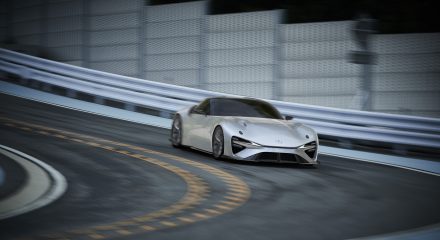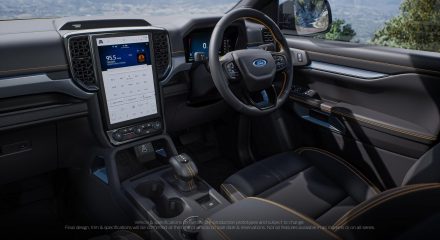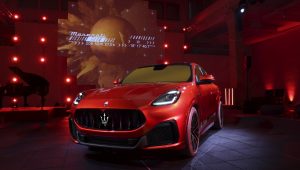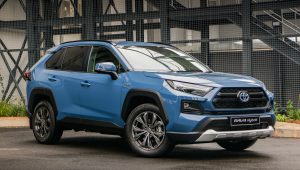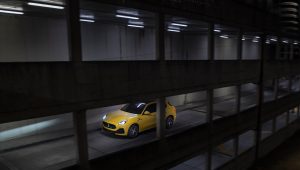How Nissan is using electric cars to power disaster recovery
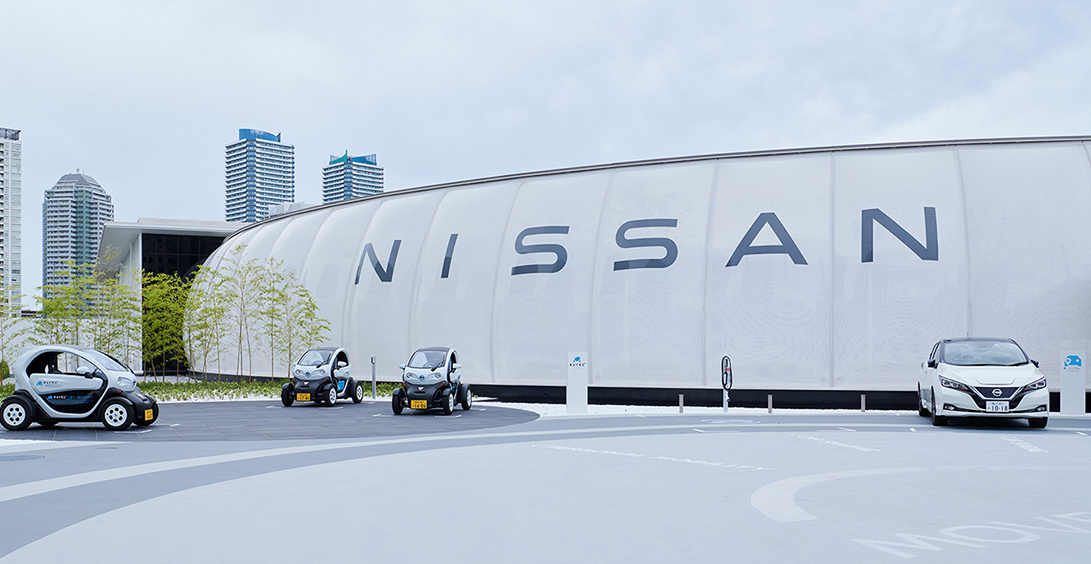
Outside, there are the familiar scenes of devastation: Rubble. Mud. Broken power lines. But inside the volunteer center in Nagano Prefecture in the heart of Japan, power tools are charging, a photocopy machine whirrs, and the smells of boiled rice and fresh coffee fill the air.
In the wake of Typhoon Hagibis, those working at the center have found an unexpected way to plug in by using the white Nissan LEAF parked outside.
“It can charge tools, like an impact driver or a circular saw, which we use to remove walls or floors damaged by the flood,” says Ryosho Hara, a volunteer with catastrophe NPO Tabishonin.
The electricity pulled from the car’s battery is shared across the center through cables. Addresses of those affected are photocopied, maps are spread out in well-lighted rooms and bursts of laughter cut through even the darkest moment.
“Without electricity, we can’t do anything, so it’s very helpful,” says Hara.
The idea of using Nissan’s electric vehicles during disasters was born during Japans’ 2011 earthquake and tsunami, which rocked even a nation that’s used to frequent typhoons and endured one-tenth of the world’s earthquakes in the past 10 years.
After nearly 5-million homes lost power in the 2011 disaster, Nissan provided a small fleet of first-generation LEAFs to help out. The company also began to explore how electric cars could be used to share their energy.
In May 2018, the Blue Switch project was launched. Its mission is to demonstrate how electric vehicles can be used as power sources for purposes beyond mobility. In a typical year, powerful storms will disrupt the lives of millions, knocking out power to entire cities. This is what happened during last year’s Typhoon Faxai.
During those critical first hours and days, the electric vehicles can move around disaster areas and deliver power where it’s needed most. With no exhaust fumes and completely silent, a LEAF can be parked inside a building. It can recharge where the power supply has been restored, and then drive on to another hard-hit region.
At the Nagano volunteer center in late 2019, the LEAF was driven around the community.
“It’s available to local people,” explains Shuhei Kobayashi, from the Council of Social Welfare. “When you are in an uncertain situation, even just having a light will relieve you.”
After a disaster or in an emergency, electricity is usually restored faster than fuel supply chains, which can take months to stabilize. That makes electricity superior to traditional diesel generators, which are noisy and polluting. Electric cars also provide mobility, helping get people to where they need to be.
A fully charged LEAF e+ with a fully charged 62-kilowatt hour battery can provide enough electricity to power an average Japanese home for up to four days, charge 6,200 mobile phones. It can keep the lights and fridges on at a local convenience store, allowing people to buy food or diapers, or keep a nursery school room cool during nap time.
“We’re using the technology now, for real solutions, to meet immediate needs,” says Asako Hoshino, executive vice president at Nissan and chairwoman of the company’s management committee for Japan and ASEAN.
The technology is gaining recognition. The Blue Switch was honored at the 2020 Japan Resilience Awards, where Nissan was the only carmaker on the list of winners. The program was cited for showing the potential electric cars offer during emergencies, along with their role in energy management and the battle against climate change.
Nissan’s wider plan is to create a new “EV ecosystem,” where cars store and share power with homes, businesses and the wider grid, not only during emergencies but every day. Using adapters like those at the Nagano volunteer center, electric vehicles can top up their batteries when demand is low, store that energy and distribute it during peak times.
Picture: Nissan/Supplied

